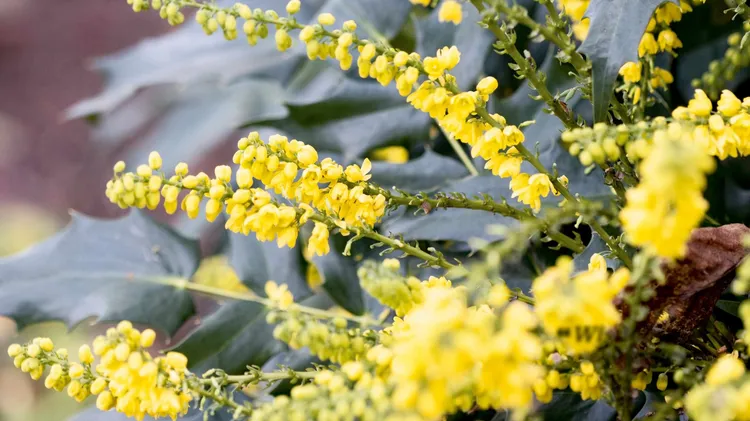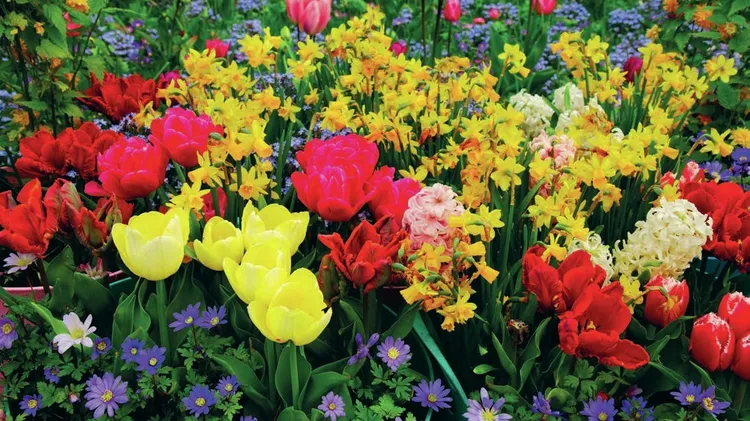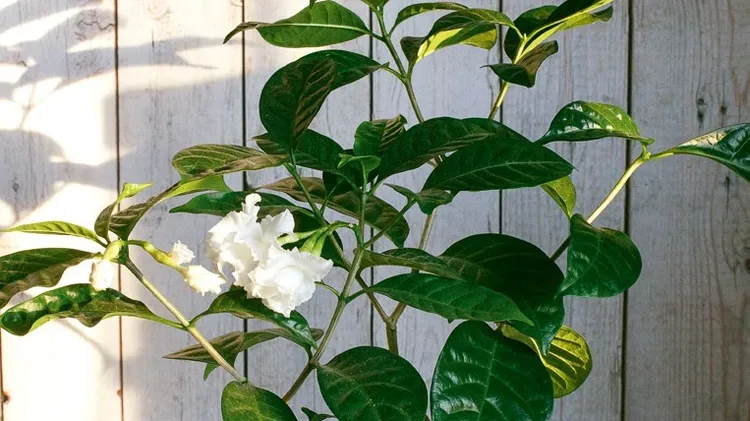In spring, Jim Cable suggests planting the bulbs of English bluebells and their r
Things to do
2 min read
This article is from...
Read this article and 8000+ more magazines and newspapers on Readly






